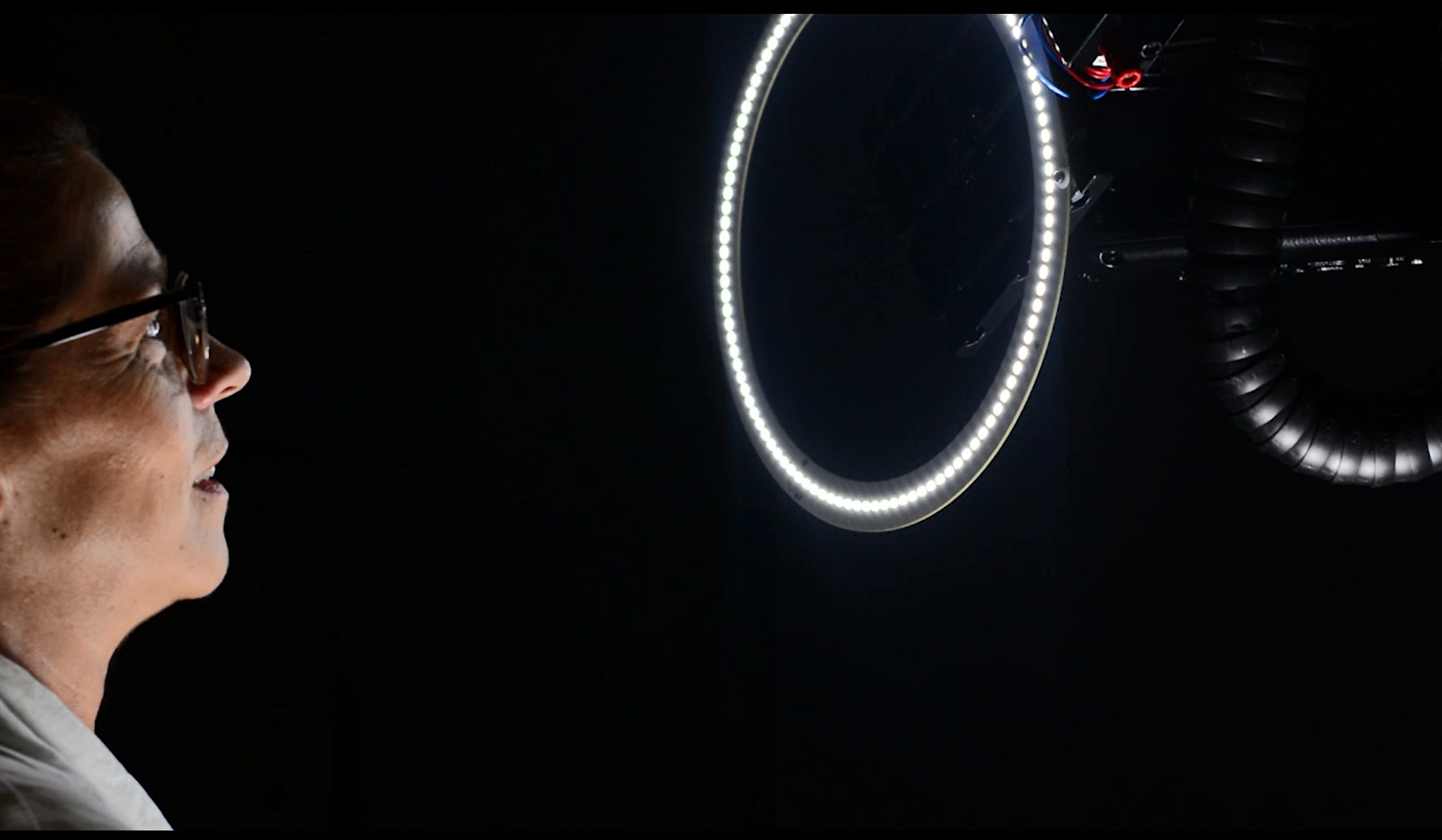Fraunhofer AWZ Soest established as an important partner for the lighting and illumination industry
In the future, the Fraunhofer Application Center (AWZ ) for Inorganic Phosphors in Soest will also contribute to strengthening the future viability and competitiveness of the lighting and illumination industry. This is the result of an evaluation of the research facility, which was founded in 2013. The experts from the Ministry for Culture and Science for the state of North Rhine-Westphalia and the Fraunhofer Society appeared very satisfied with the development, as well as the Industrial Advisory Board, which is being expanded with an additional member.

The Fraunhofer Application Center (AWZ) for Inorganic Phosphors in Soest provides service and research competence for the regional industry. The facility carries out this task exceptionally, as per the judgement of the experts. “We are thrilled that our work from the previous years has been so well-received. Especially the compliments of our partners from the industry show that our research activities are chosen strategically well and that we are on the right path,” says Prof. Stefan Schweizer, Head of Fraunhofer AWZ Soest.
The Industrial Advisory Board, chaired by the General Manager of IHK Arnsberg, Hellweg-Sauerland, Dr. Ilona Lange, commented favorably on the work up to now. Along with the companies BJB GmbH & Co. KG, SCHOTT AG Mainz, HELLA GmbH & Co. KGaA, as well as ITZ Innovations- und Technologiezentrum GmbH (TRILUX-Gruppe), in the future, Infineon Technologies AG Warstein will also be represented on the Industrial Advisory Board. Dr. Peter Nolte, Tram Lead at Fraunhofer AWZ Soest, sees great potential in this collaboration: “With the addition, we have found ourselves another very competent conversation and discussion partner whose suggestions we can use to further develop in the area of power electronics, in particular.”
In 2015, the group surrounding Prof. Schweizer moved into its new, exceptionally equipped labs in a new building on the Soest campus of the South Westphalia University of Applied Sciences. The researchers were greeted by ideal conditions for their work, for example, in the characterization and evaluation of luminaires, LEDs, and luminescent material, as well as their long-term stability, the manufacturing and development of glasses and glass ceramics endowed with phosphor, the structuring of LED optics and phosphors, phosphor design, or studies into thermal management. The positive decision made by the experts paves the way for the further expansion of Soest know-how, including the expansion of the equipment. The application center now has a 3D laser-scanning microscope for the contactless and non-destructive roughness analysis of surfaces. Soon, a scattered light measuring system will also be available.